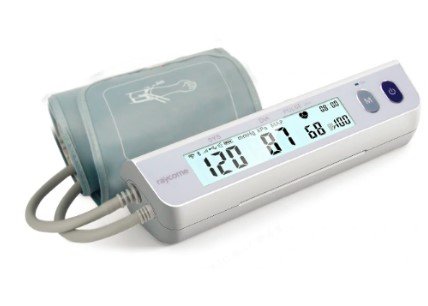Proper Handling of Faulty or Contaminated Lab Specimens in the United States
Summary
- Medical labs in the United States follow strict protocols to handle faulty or contaminated lab specimens.
- Phlebotomists play a crucial role in ensuring the quality of lab specimens by following proper collection and handling procedures.
- Contaminated or faulty lab specimens can have serious consequences for patient care and diagnosis.
Medical labs and phlebotomists in the United States play a vital role in healthcare by providing accurate and reliable Test Results for patient care. However, handling faulty or contaminated lab specimens is a significant challenge that requires strict protocols and procedures to ensure patient safety and accurate diagnosis. In this article, we will explore how medical labs and phlebotomists in the United States handle faulty or contaminated lab specimens.
Importance of Proper Specimen Collection
Proper specimen collection is essential for ensuring the accuracy and reliability of Test Results. Phlebotomists are responsible for collecting blood, urine, and other specimens from patients, following strict protocols to prevent contamination or mislabeling. When specimens are collected improperly, it can lead to faulty results and potentially harm the patient's health.
Steps for Proper Specimen Collection
- Verify patient identification and test orders before collecting the specimen.
- Follow proper Hand Hygiene and wear appropriate personal protective equipment.
- Select the right collection tube and label it correctly with patient information.
- Ensure proper technique when collecting blood or other specimens to prevent contamination.
- Handle and transport specimens according to lab protocols to maintain their integrity.
Handling Faulty or Contaminated Lab Specimens
Despite following strict protocols, lab specimens can still become faulty or contaminated due to various reasons such as improper collection, handling, or transportation. When a lab technician identifies a faulty or contaminated specimen, they must take immediate action to prevent further errors and ensure accurate testing.
Steps for Handling Faulty or Contaminated Lab Specimens
- Notify the lab supervisor or pathologist immediately upon discovering a faulty or contaminated specimen.
- Document the specimen's condition and the reasons for its contamination or faults.
- Collect a new specimen from the patient following proper procedures to replace the faulty one.
- Inform the healthcare provider about the faulty specimen and the need for a new collection if necessary.
- Follow lab protocols for reporting and documenting incidents of faulty or contaminated specimens for quality assurance purposes.
Consequences of Contaminated or Faulty Lab Specimens
Contaminated or faulty lab specimens can have serious consequences for patient care and diagnosis. Incorrect Test Results can lead to misdiagnosis, wrong treatments, or delayed care, jeopardizing the patient's health and well-being. It is crucial for medical labs and phlebotomists to prioritize patient safety and accuracy in specimen handling to avoid such risks.
Impact of Contaminated or Faulty Lab Specimens
- Misdiagnosis and inappropriate treatments based on faulty Test Results.
- Delayed or incorrect diagnosis that can affect the patient's prognosis and outcomes.
- Potential harm to the patient's health due to wrong medications or treatment plans.
In conclusion, medical labs and phlebotomists in the United States must adhere to strict protocols and procedures for handling faulty or contaminated lab specimens to ensure patient safety and accurate Test Results. Proper specimen collection, handling, and reporting are essential to prevent errors and maintain the quality of healthcare services. By following best practices and prioritizing patient care, medical professionals can minimize the risks associated with faulty or contaminated lab specimens and provide reliable diagnostic services for improved patient outcomes.

Disclaimer: The content provided on this blog is for informational purposes only, reflecting the personal opinions and insights of the author(s) on the topics. The information provided should not be used for diagnosing or treating a health problem or disease, and those seeking personal medical advice should consult with a licensed physician. Always seek the advice of your doctor or other qualified health provider regarding a medical condition. Never disregard professional medical advice or delay in seeking it because of something you have read on this website. If you think you may have a medical emergency, call 911 or go to the nearest emergency room immediately. No physician-patient relationship is created by this web site or its use. No contributors to this web site make any representations, express or implied, with respect to the information provided herein or to its use. While we strive to share accurate and up-to-date information, we cannot guarantee the completeness, reliability, or accuracy of the content. The blog may also include links to external websites and resources for the convenience of our readers. Please note that linking to other sites does not imply endorsement of their content, practices, or services by us. Readers should use their discretion and judgment while exploring any external links and resources mentioned on this blog.
